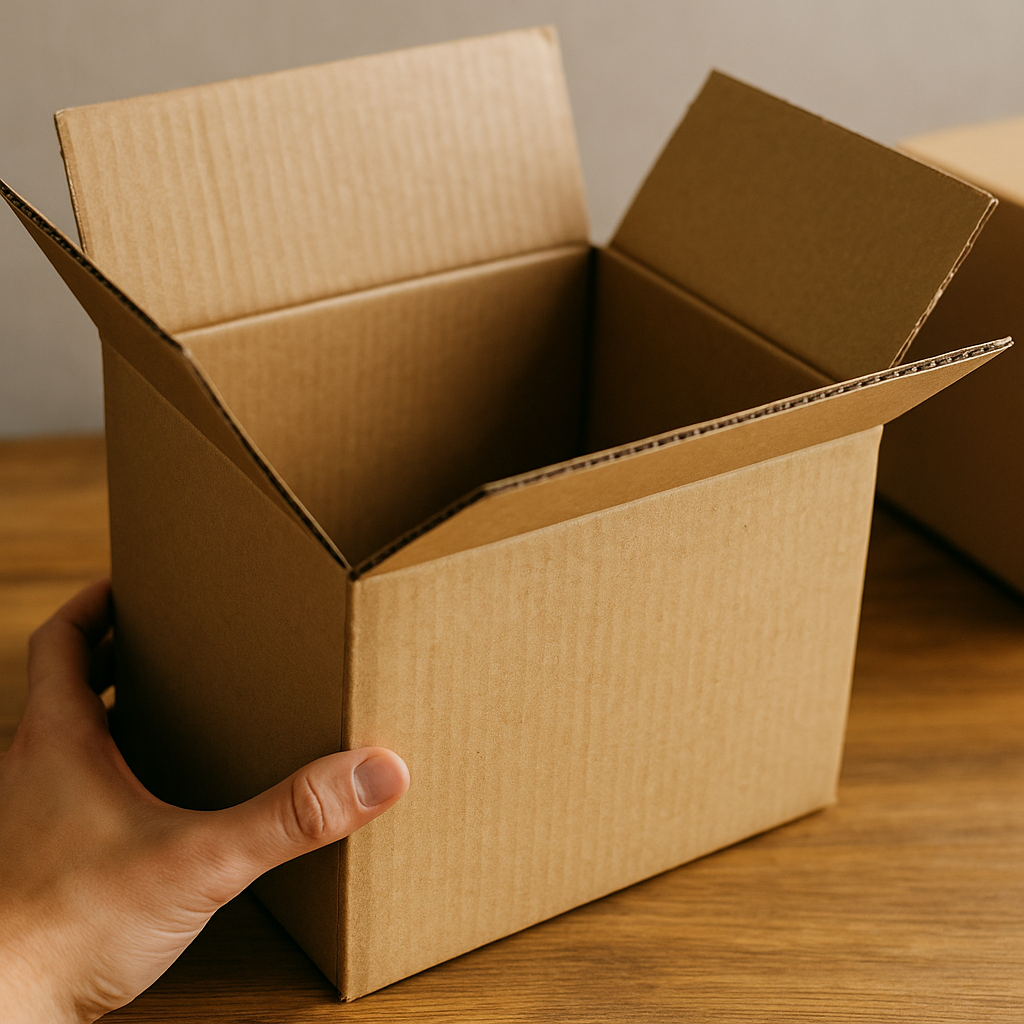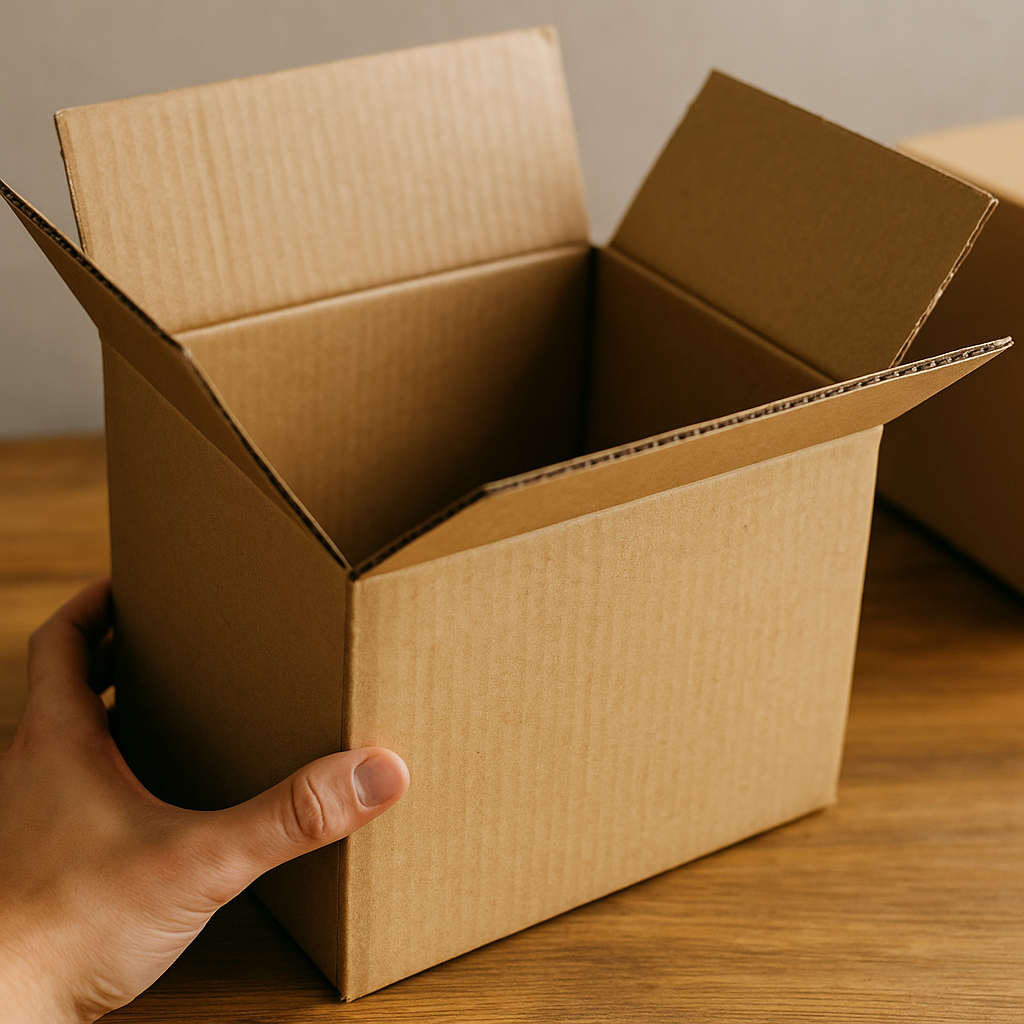Most companies pour all their energy into what’s inside the box—great products, strong branding, careful customer service. But the truth is, what surrounds that product matters just as much. The box itself is part of the experience. It’s the first thing customers see, the first thing they touch, and often the first judgment they make. A good box can make a product feel premium before it’s even opened. A bad one can make the best product in the world look cheap.
Shipping boxes aren’t just containers—they’re ambassadors of your brand. When a customer receives a box that’s sturdy, clean, and well-sealed, they feel a level of professionalism and trust. When they get one that’s crushed, uneven, or patched with mismatched tape, they feel something else entirely: disappointment. And disappointment travels fast. Every review, every word-of-mouth referral, every social media post that follows depends on whether your box did its job or not.
What most people don’t realize is that every box has two jobs. The obvious one is protection—keeping products safe from bumps, drops, and bad weather. But the second job is presentation. The moment your box lands on someone’s porch, it’s silently saying something about who you are. Do you look like a company that values quality, consistency, and care? Or like one that cut corners to save a few cents? The difference between those messages often comes down to the quality of the shipping box itself.

And here’s the kicker: better boxes don’t always cost more. They often save money. A properly sized box reduces the amount of void fill you need, cuts down on shipping weight, and minimizes damages. Heavy-duty corrugated boxes can stack better, resist crush damage, and survive multiple handling points. Over time, that means fewer returns, fewer replacement shipments, and a smoother workflow. It’s not about buying more boxes—it’s about buying smarter boxes.
Efficiency thrives when your boxes are standardized. Having a few consistent sizes that fit your most common products speeds up packing, reduces clutter, and makes reordering easier. Employees don’t have to think—they just grab and go. A streamlined system keeps the backroom calm and predictable, which means orders get out faster and with fewer mistakes. Every business owner knows chaos costs money; organized packaging saves it.
Customers notice more than you think. When they slice open a well-built box and find their item safe and secure, it builds confidence in your business. They may not mention it, but they remember it. The box becomes part of your brand’s identity—an unspoken promise of reliability. That kind of quiet, consistent impression compounds over time. It’s what keeps customers coming back long after the first sale.

At the end of the day, shipping boxes aren’t just a tool of transport—they’re a symbol of how you operate. They show your attention to detail, your pride in presentation, and your respect for the customer experience. Every box that leaves your warehouse carries your reputation with it. When that box arrives looking strong, clean, and dependable, it tells the world your company is too.
So yes, what’s inside matters—but what’s around it might matter even more.